Is Your Makeup Clogging Your Pores?
Clogged pores can be frustrating, especially for those with oily or acne-prone skin. And while makeup enhances your look, it might also be contributing to the problem. But before you consider ditching it altogether, know this: the right approach can make all the difference.
The key lies in choosing non-comedogenic formulas, applying products in a way that minimizes buildup, and ensuring thorough removal at the end of the day. With a few mindful tweaks, you can enjoy makeup without compromising your skin’s health.
How Makeup Leads to Clogged Pores
1. Comedogenic Ingredients
Some makeup products contain ingredients that don’t just sit on the skin—they settle into pores, mixing with oil and dead skin cells. This creates the perfect environment for breakouts and congestion.
2. Too Many Layers, Too Little Breathability
Piling on thick foundations, layering multiple products, or blending skincare into makeup can overwhelm your skin. When pores can’t breathe, excess oil and debris get trapped, increasing the risk of blockages.
3. Incomplete Makeup Removal
Even the best makeup routine can backfire if you don’t remove everything properly. Residual product, mixed with daily dirt and oil, lingers in pores overnight, leading to dullness, congestion, and breakouts.
How to Choose Makeup That Won’t Clog Your Pores
Stick to Non-Comedogenic Formulas
When shopping for makeup, look for labels that say “non-comedogenic” or “oil-free.” These products are specifically designed to minimize the risk of clogged pores, making them ideal for oily and acne-prone skin.
Opt for Water-Based Over Oil-Based
Water-based foundations and primers feel lighter on the skin and are less likely to trap oil and bacteria. In contrast, oil-based formulas can be too heavy, increasing the chance of congestion—especially for those prone to breakouts.
Avoid Pore-Clogging Ingredients
Check ingredient lists carefully. Coconut oil, lanolin, and isopropyl myristate are common culprits known to block pores. Instead, go for lightweight, breathable formulations that won’t suffocate your skin.
Here you can quick check on ingredients ⏩ Pore-Clogging Checker
Makeup Application Tips to Keep Pores Clear
Choose Powder Over Liquid Foundations
Liquid foundations often contain oils that mix with your skin’s natural sebum, increasing the risk of clogged pores. Powder foundations, especially mineral-based ones, offer a lighter, more breathable alternative that won’t suffocate your skin.
Keep Your Brushes and Sponges Clean
Makeup tools can quickly become breeding grounds for bacteria, oil, and product buildup. Using dirty brushes and sponges repeatedly transfers these impurities onto your skin, leading to congestion and breakouts. Regularly washing your tools keeps them (and your skin) fresh.
Apply in Light, Breathable Layers
Caking on heavy layers of foundation and concealer traps debris in your pores, making congestion more likely. Instead, apply thin, even layers, letting each one set before adding more. This keeps your makeup looking flawless while allowing your skin to breathe.
When Makeup Makes Acne Worse
Some people experience acne cosmetica, a type of breakout caused by certain makeup products. Even if your skin isn’t usually acne-prone, the wrong formulas or habits can lead to persistent bumps and congestion.
How Makeup Can Exacerbate Breakouts:
- Traps Bacteria: When makeup sits on clogged pores, it locks in bacteria, increasing inflammation and breakouts.
- Irritates Sensitive Skin: Some products contain harsh or allergenic ingredients that trigger redness and sensitivity, making acne worse.
- Weakens the Skin Barrier: Frequent use of strong makeup removers can strip the skin, leaving it vulnerable to irritation and further breakouts.
- Slows Healing: Heavy, full-coverage products can suffocate active breakouts, delaying recovery and increasing the risk of post-acne marks.
Being mindful of your makeup choices and how you apply and remove products can help prevent breakouts while still allowing you to enjoy wearing makeup.
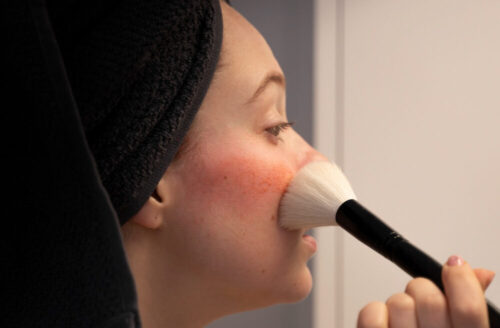
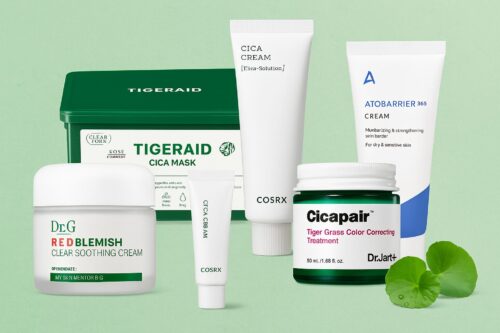
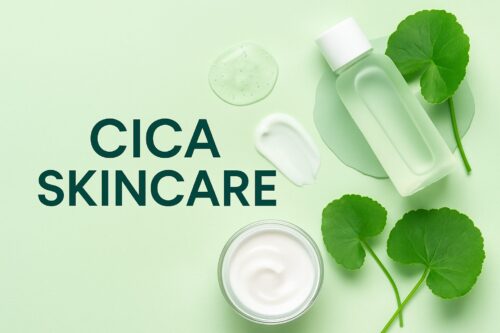
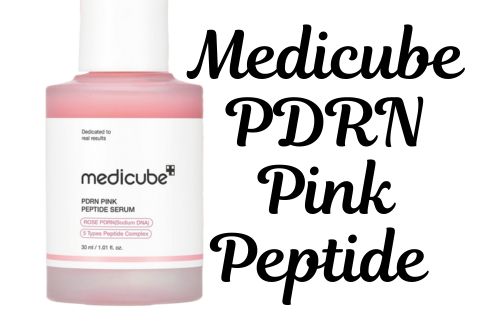
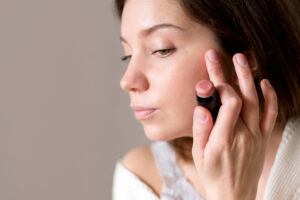
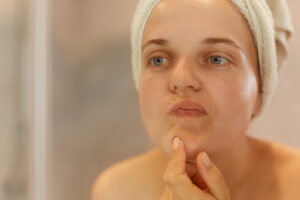
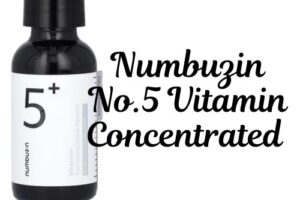
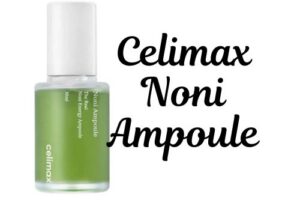
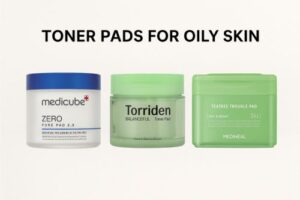
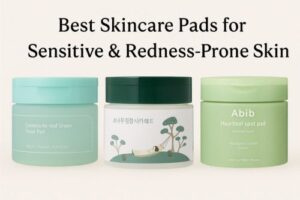
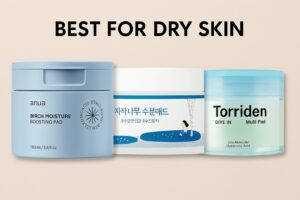
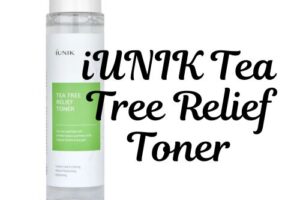
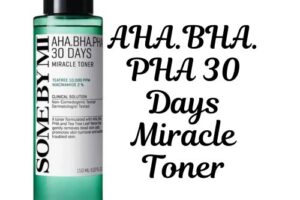
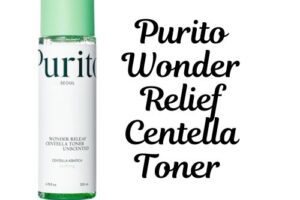
Post Comment